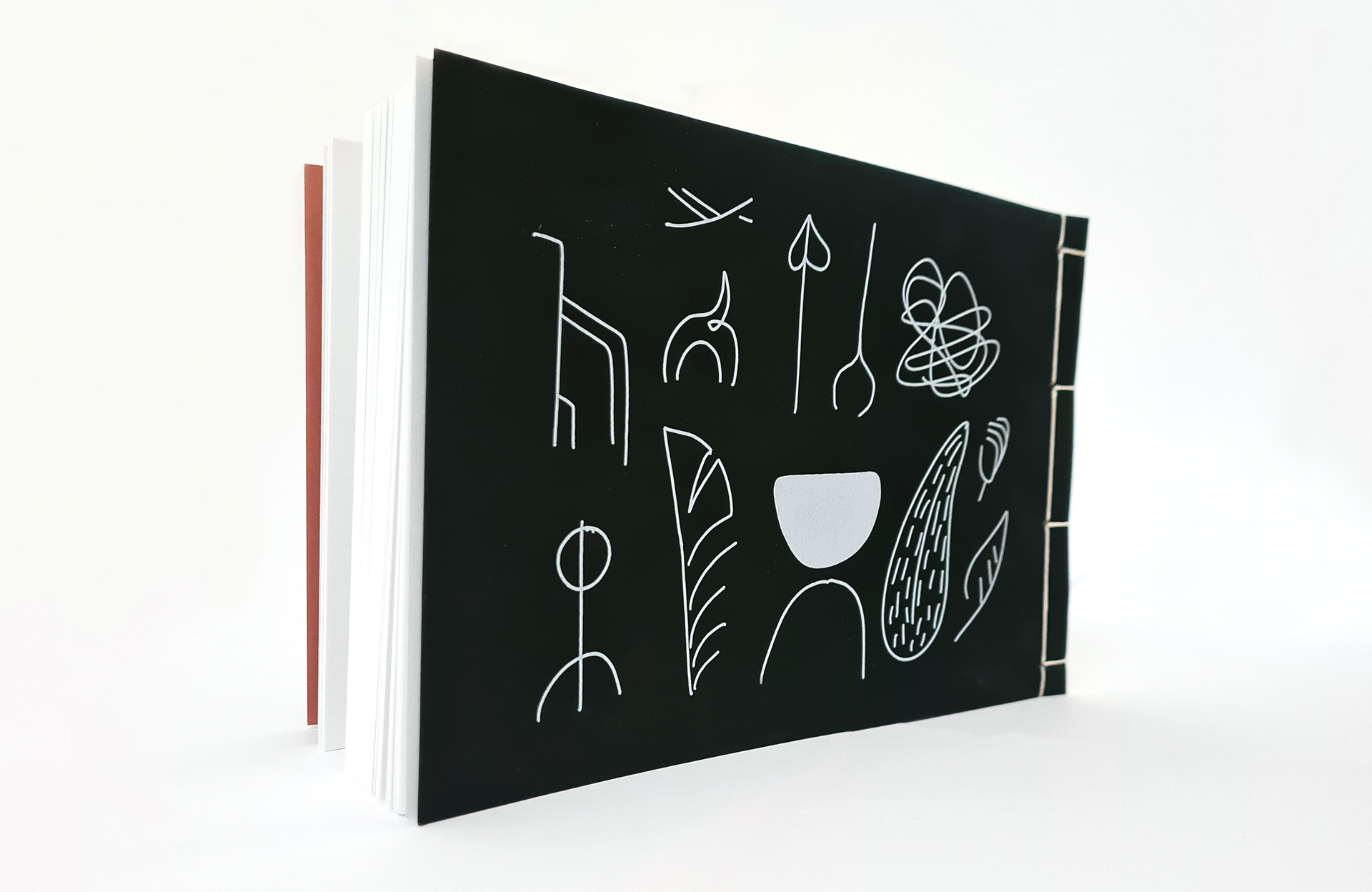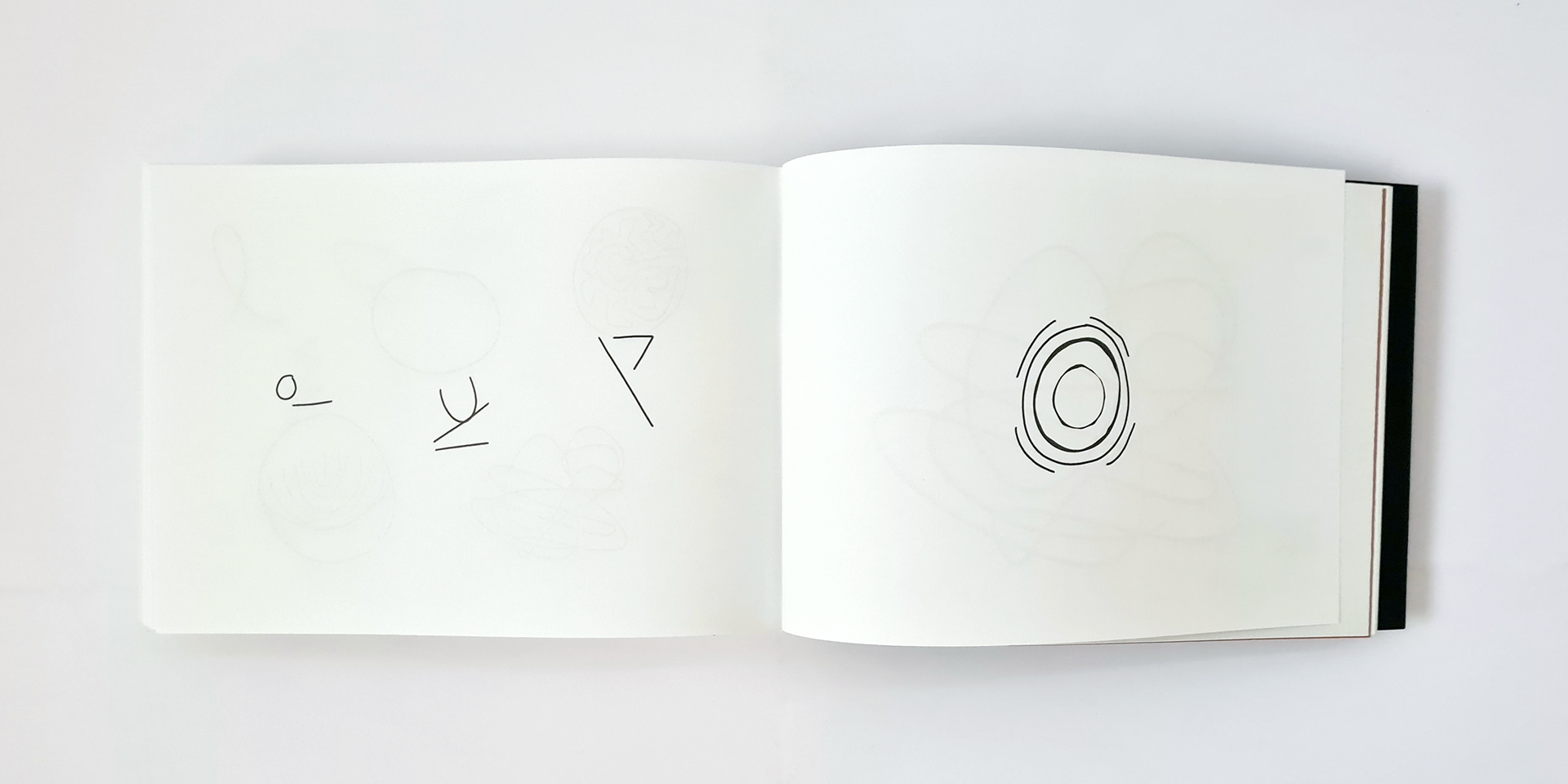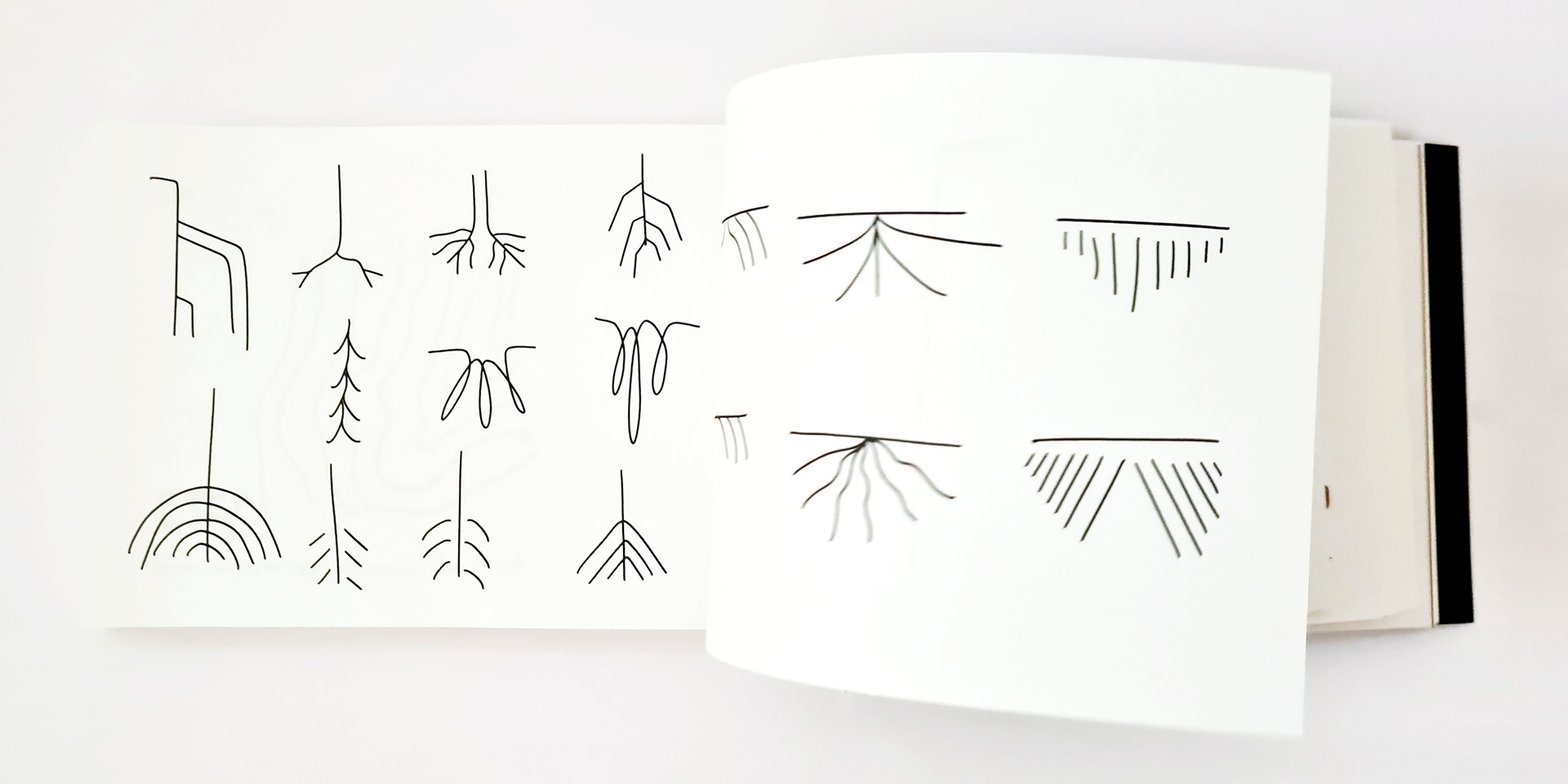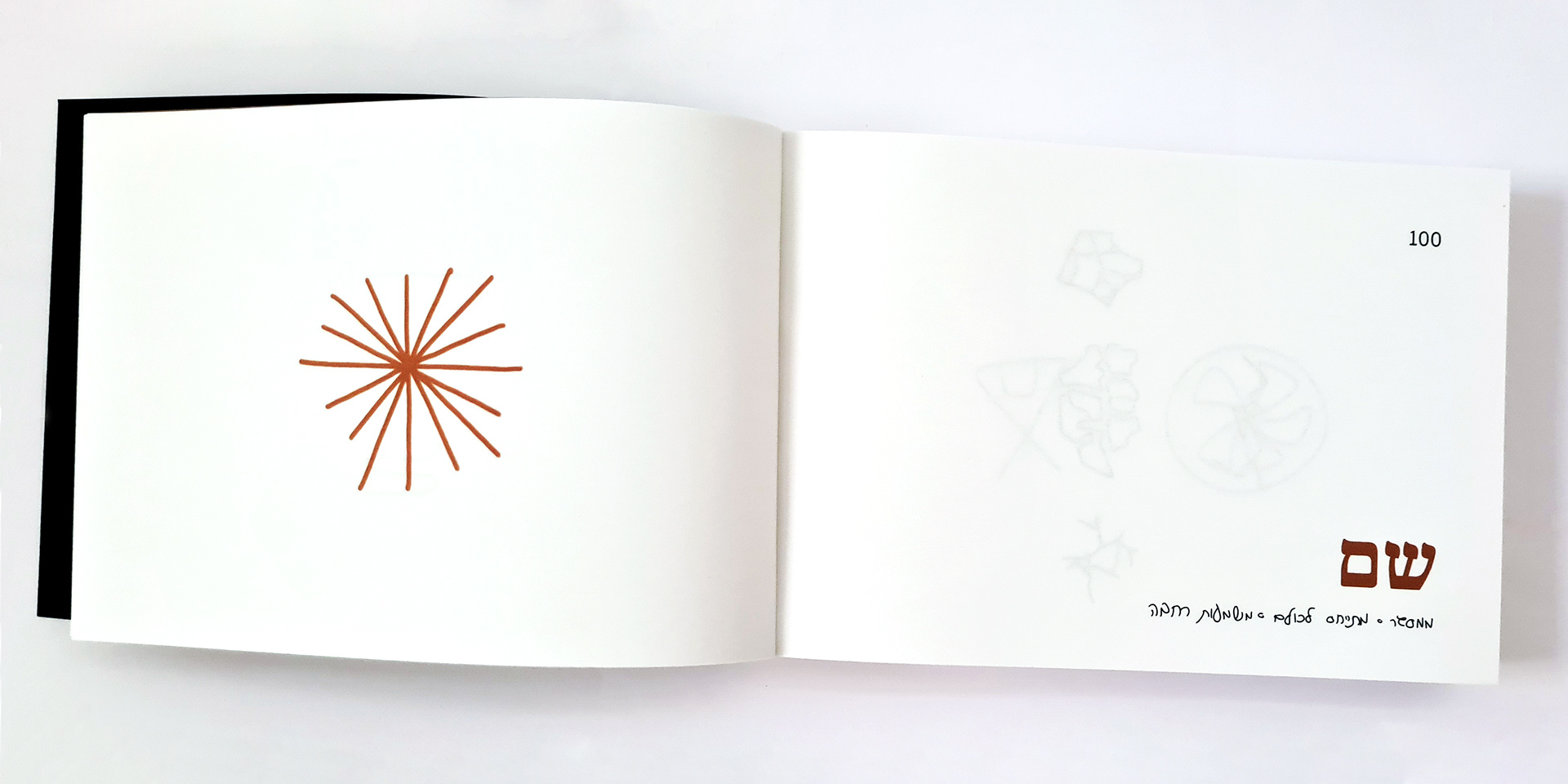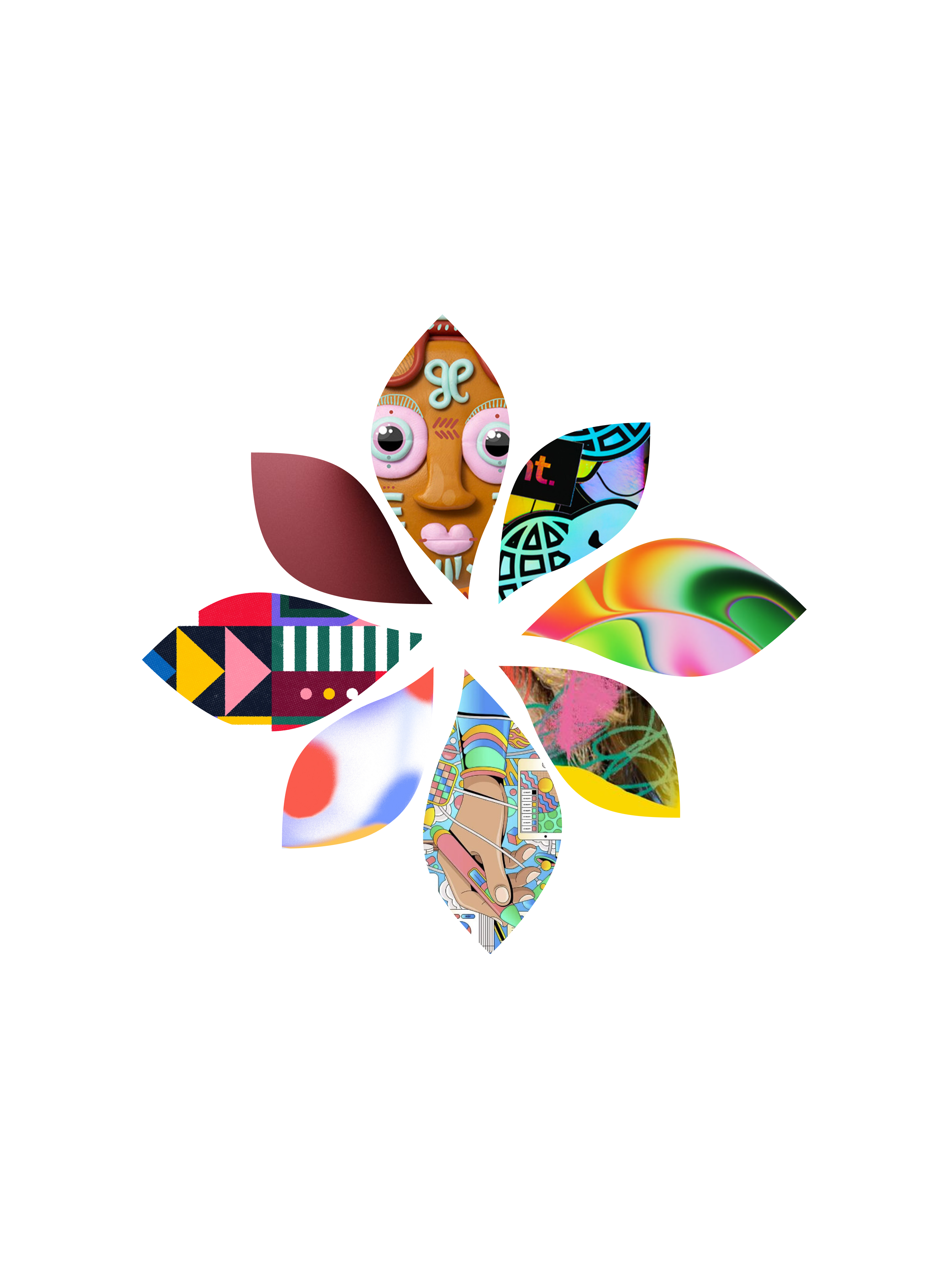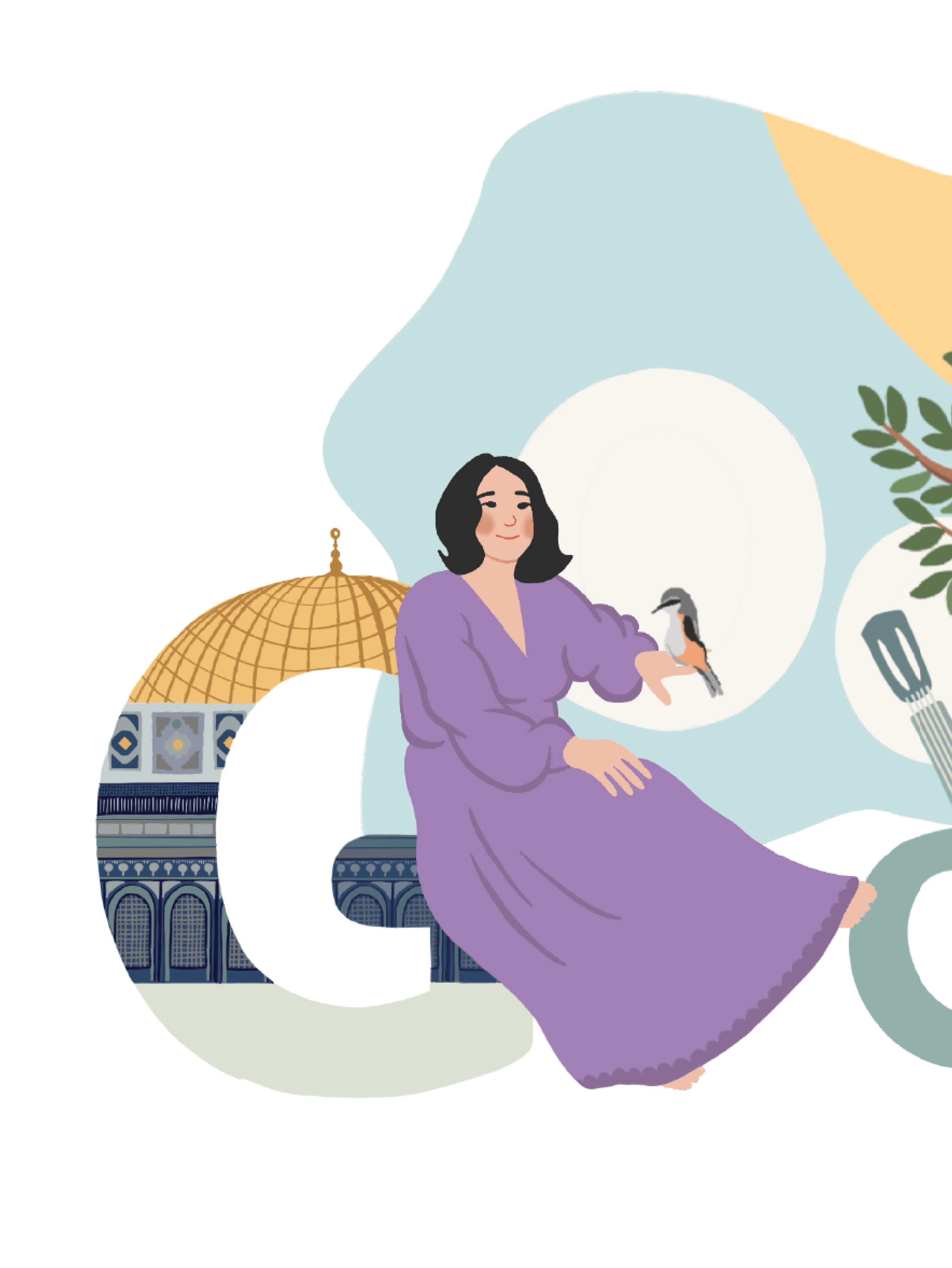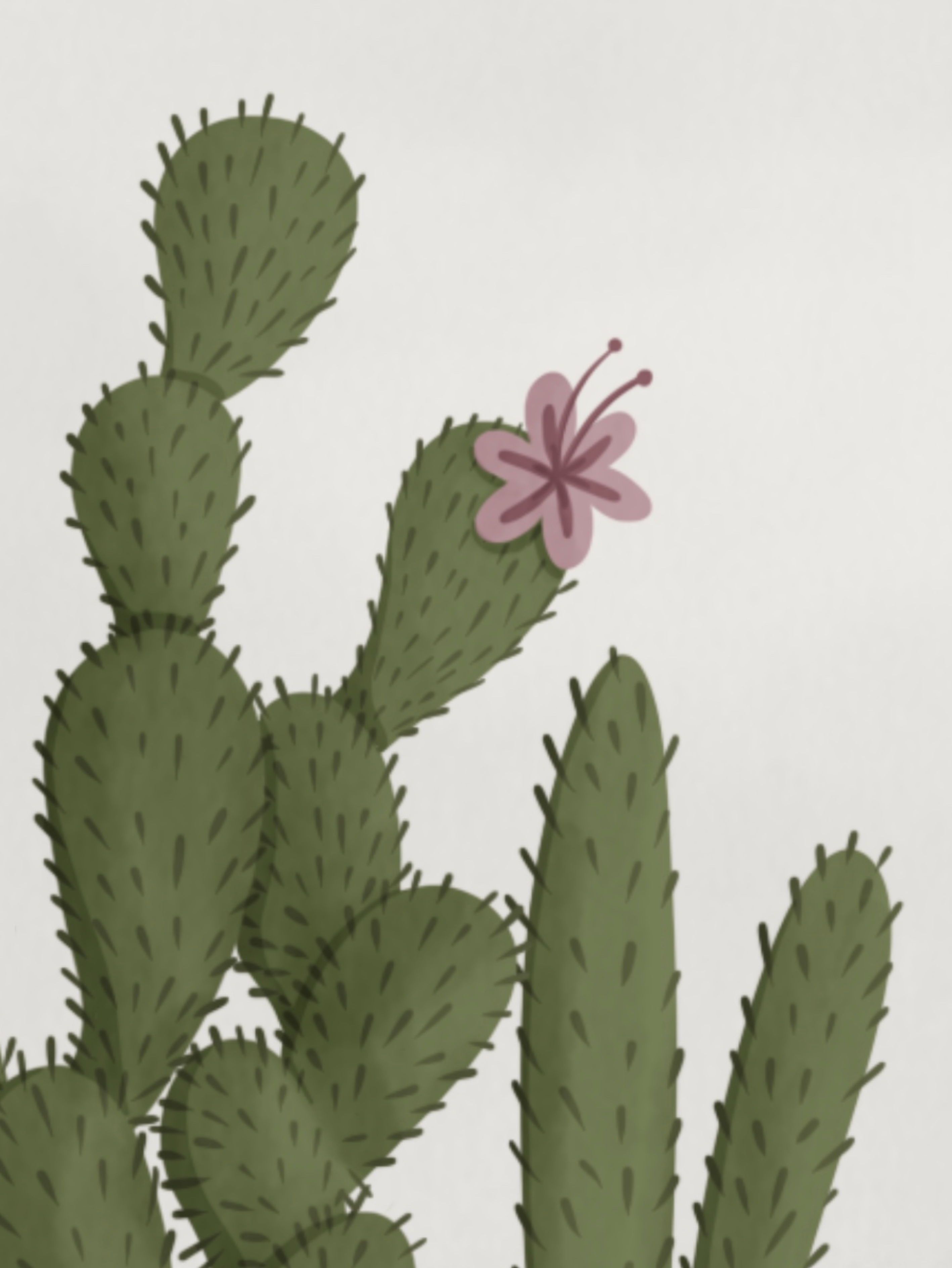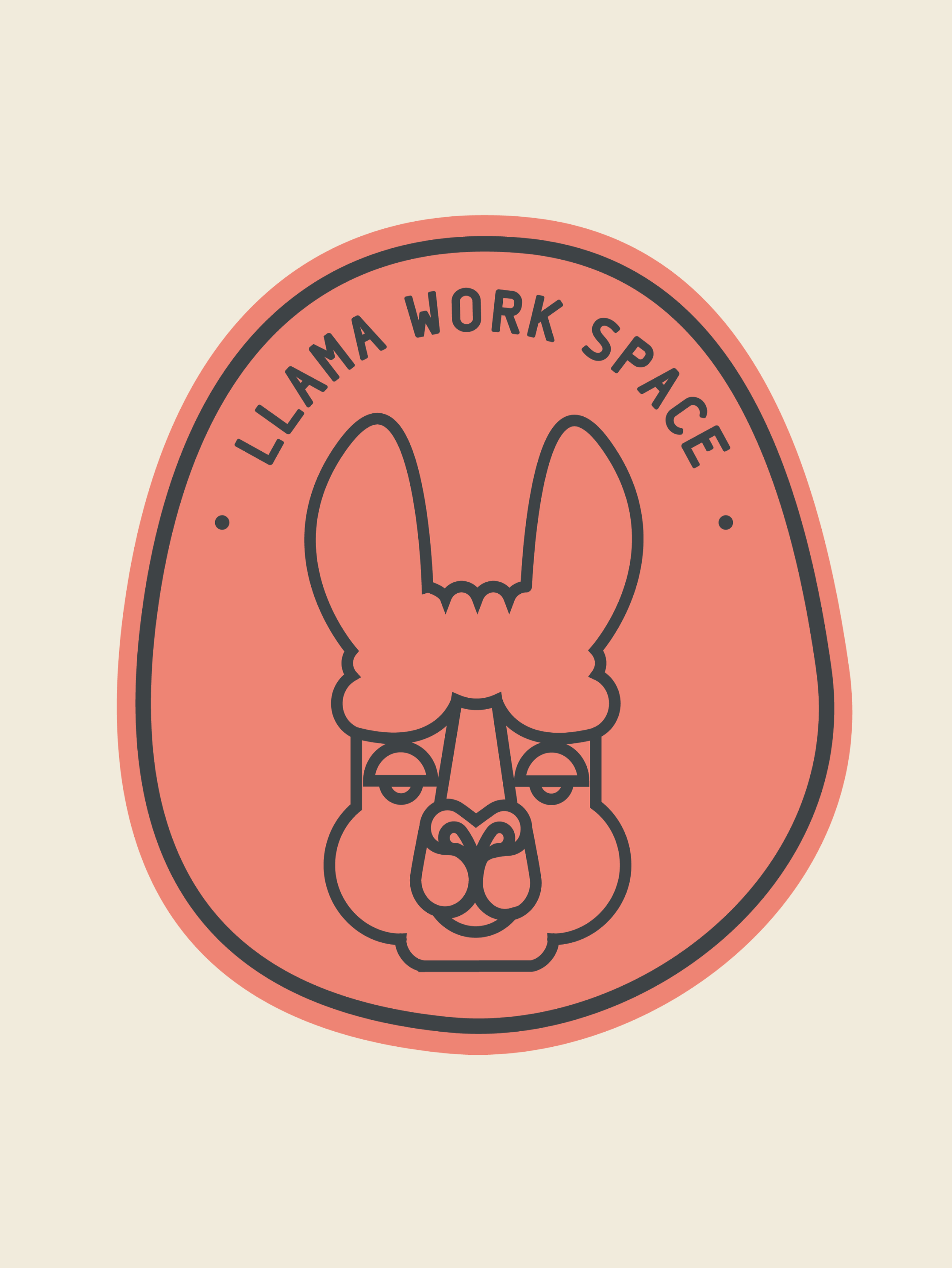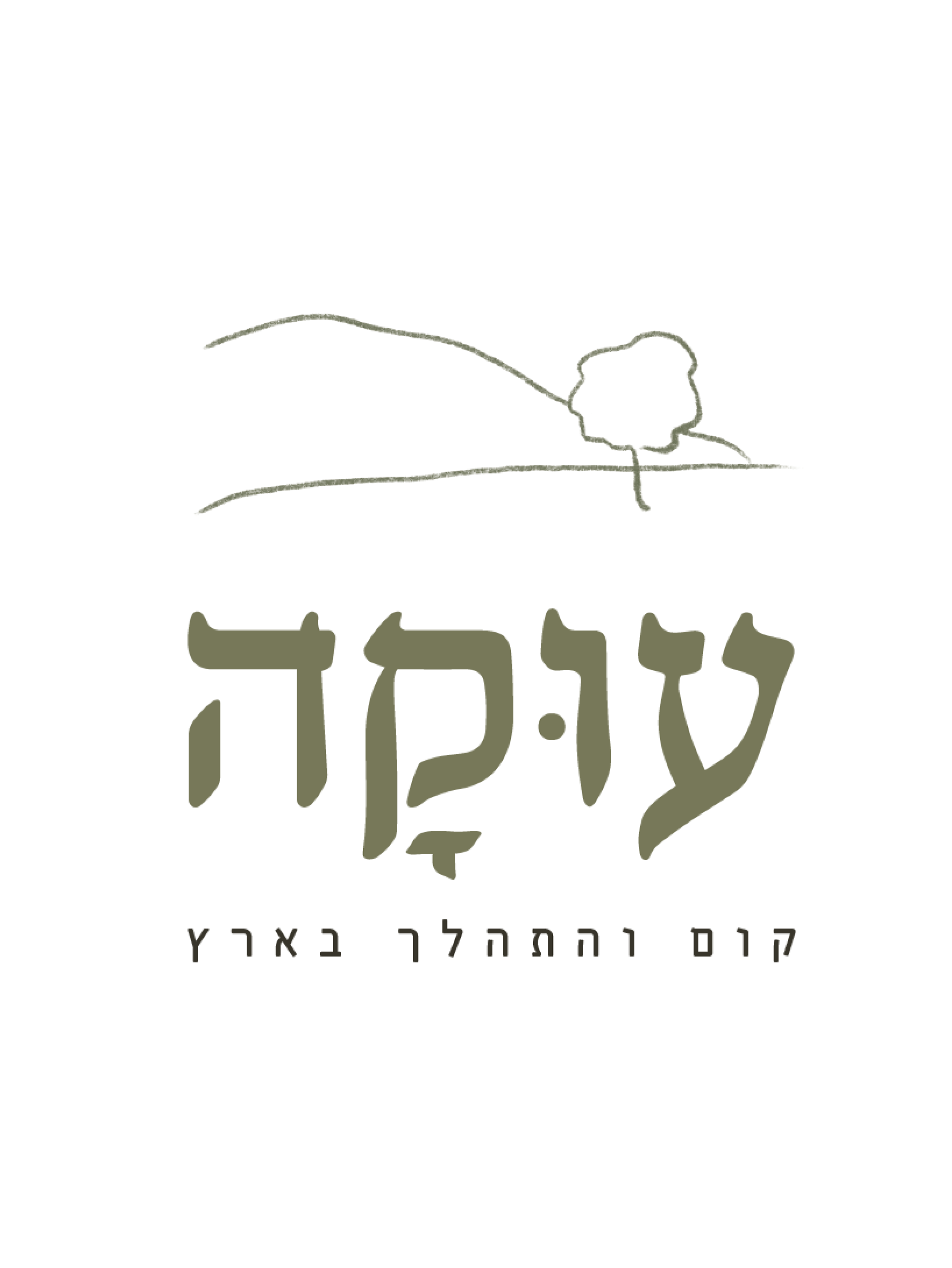This project won the "AlefAlefAlef" Award for Typography and the Advancing
of the Hebrew Language.
of the Hebrew Language.
While the current trend is to reduce language, I have chosen to examine whether the word's meaning can be expressed in a visual expression, in an attempt to reveal its inner meaning intuitively and emotionally.
The project began with the question: Will letters and language that evolved from petroglyphs, perhaps sometime in the future, we will go back to paintings or writing symbols?
I researched a variety of universal languages until I found the Swadesh list.
Maurice Swadesh was a linguist who studied the typology of languages. In his work, he examined words in different languages and created a list of words based on research and intuition, which centralizes words that overlap and are relevant to all languages. He first narrowed the list down to 207 words, then to 100.
The list of 100 words raises many questions and includes many surprising words, for example -
is the word "Claw" also relevant in the Hebrew language? Is this word more important than the word "Laughter" or "Hello"?
In this project, I chose to work with this imperfect and interesting list.
While Swadesh dealt with reduction, I chose to take each word and open it, in an attempt to reveal her inner world intuitively and emotionally. I researched each of the words, examined what it signifies for me and how it makes me feel, and then created a collection of symbols for each word, which can be used as a formal and universal symbol, detached from a specific culture, language, or script.
Format: Book size 13x19 cm
I researched a variety of universal languages until I found the Swadesh list.
Maurice Swadesh was a linguist who studied the typology of languages. In his work, he examined words in different languages and created a list of words based on research and intuition, which centralizes words that overlap and are relevant to all languages. He first narrowed the list down to 207 words, then to 100.
The list of 100 words raises many questions and includes many surprising words, for example -
is the word "Claw" also relevant in the Hebrew language? Is this word more important than the word "Laughter" or "Hello"?
In this project, I chose to work with this imperfect and interesting list.
While Swadesh dealt with reduction, I chose to take each word and open it, in an attempt to reveal her inner world intuitively and emotionally. I researched each of the words, examined what it signifies for me and how it makes me feel, and then created a collection of symbols for each word, which can be used as a formal and universal symbol, detached from a specific culture, language, or script.
Format: Book size 13x19 cm
Graduate work. Led by Amit Ben Haim. 2021.
